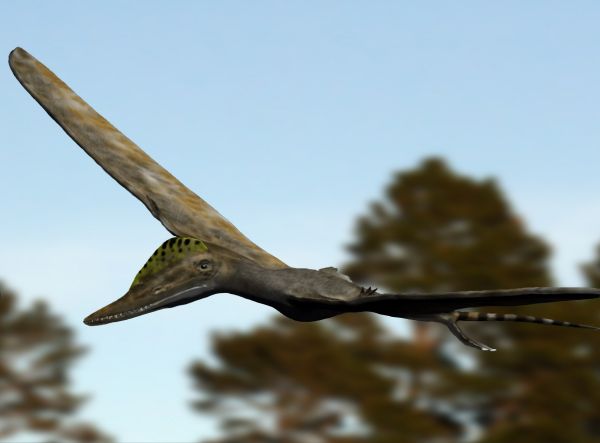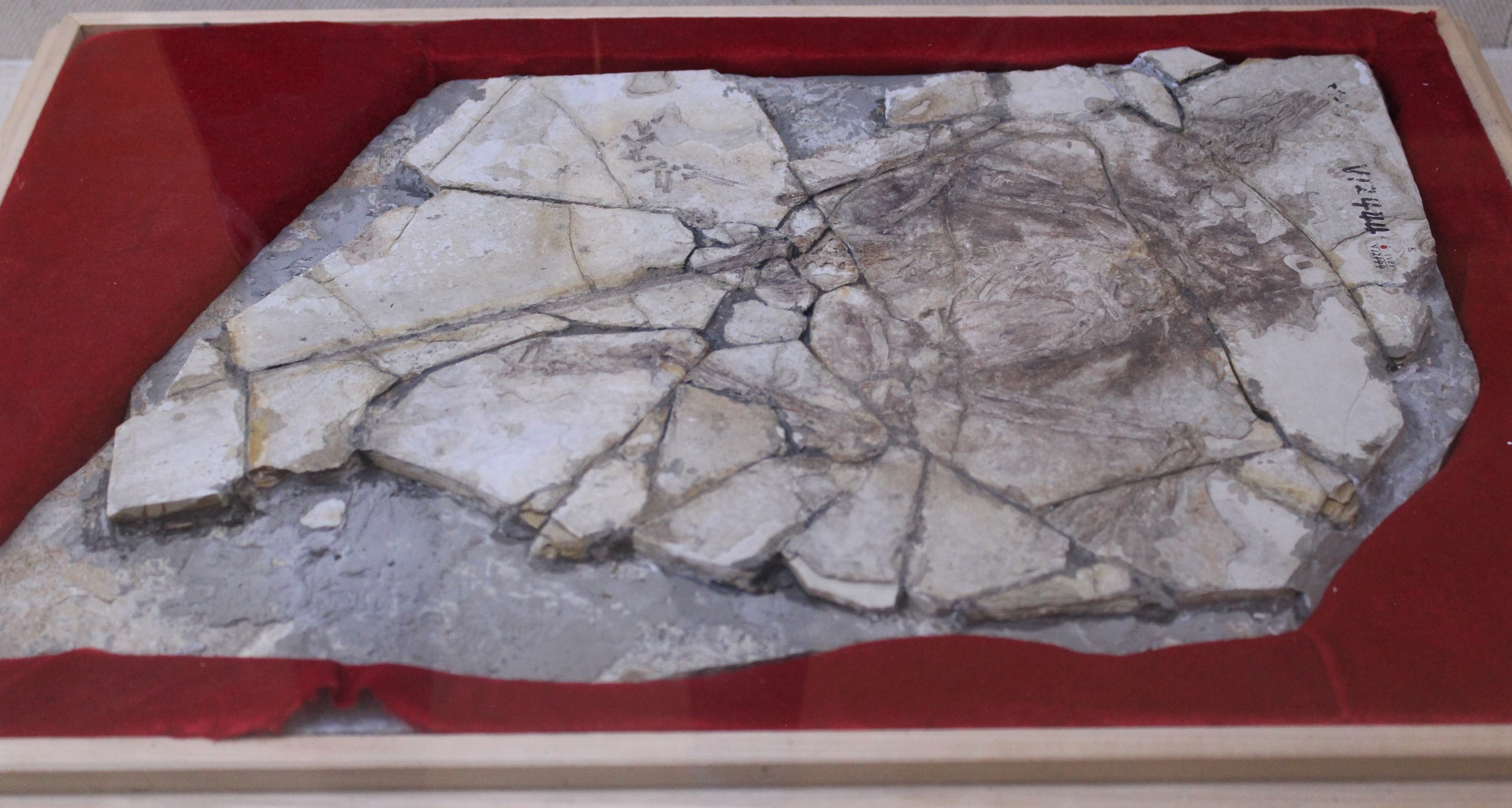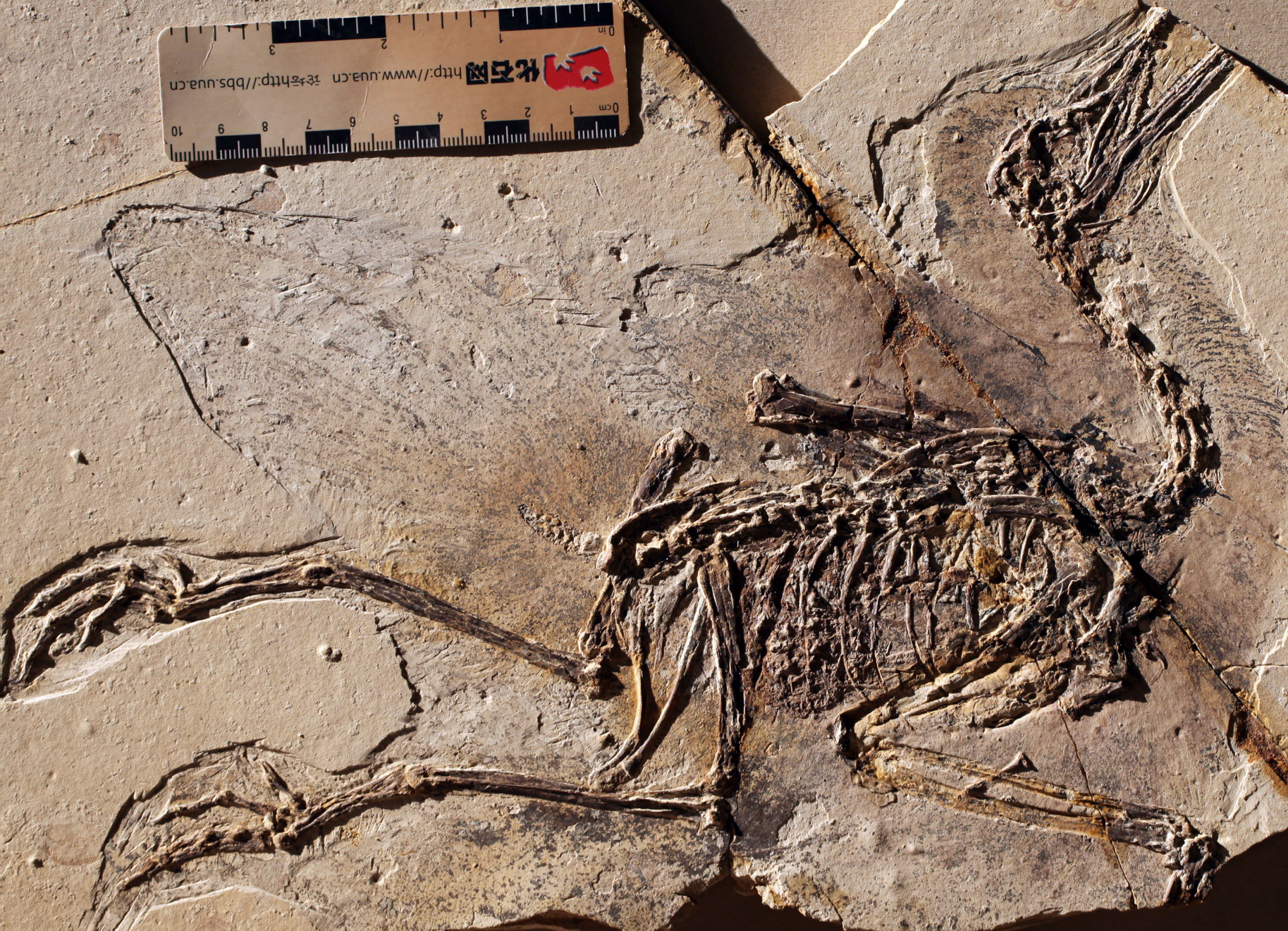|
Ground Shakers To Feathered Flyers
Dinosaurs of China was a dinosaur exhibition hosted in Wollaton Hall, near Nottingham. The exhibition included thirty varieties of Chinese dinosaurs and ran from Saturday 1 July to Sunday 29 October 2017. The exhibition, a world-exclusive event, claimed to include specimens from all other China, as well as the world-famous fake dinosaur Archaeoraptor. Exhibits and theme The admission booth of Dinosaurs of China contained a ''Psittacosaurus'' sculpted by Robert Nicholls.Dinosaurs of China: Ground Shakers to Feathered Flyers ''v21artspace.com'' Retrieved 2021-01-24. Entering the main hall ("Earth Shakers"), a replica '' |
Wollaton Hall
Wollaton Hall is an Elizabethan country house of the 1580s standing on a small but prominent hill in Wollaton Park, Nottingham, England. The house is now Nottingham Natural History Museum, with Nottingham Industrial Museum in the outbuildings. The surrounding parkland has a herd of deer, and is regularly used for large-scale outdoor events such as rock concerts, sporting events and festivals. Wollaton and the Willoughbys Wollaton is a classic prodigy house, "the architectural sensation of its age", though its builder was not a leading courtier and its construction stretched the resources he mainly obtained from coalmining; the original family home was at the bottom of the hill. Though much re-modelled inside, the "startlingly bold" exterior remains largely intact. Wollaton Hall was built between 1580 and 1588 for Sir Francis Willoughby and is believed to be designed by the Elizabethan architect, Robert Smythson, who had by then completed Longleat, and was to go on to des ... [...More Info...] [...Related Items...] OR: [Wikipedia] [Google] [Baidu] |
Linheraptor
''Linheraptor'' is a genus of dromaeosaurid dinosaur which lived in what is now China in the Late Cretaceous. It was named by Xu Xing and colleagues in 2010, and contains the species ''Linheraptor exquisitus''. This bird-like dinosaur was less than 2 m (6.5 ft) long and was found in Inner Mongolia. It is known from a single, nearly complete skeleton. Discovery Researchers announced the discovery of the genus after a nearly complete fossilised skeleton was found in 2008 by Jonah N. Choiniere and Michael Pittman in Inner Mongolia; a more detailed publication is forthcoming. The specimen was recovered from rocks at Bayan Mandahu that belong to the Wulansuhai Formation. The latter includes lithologies that are very similar to the Mongolian Campanian-aged rocks of the Djadokhta Formation which have yielded the closely related dromaeosaurids ''Tsaagan'' and ''Velociraptor''. The holotype specimen of ''Linheraptor'', articulated and uncompressed, is one of the few nearly co ... [...More Info...] [...Related Items...] OR: [Wikipedia] [Google] [Baidu] |
Sinosaurus
''Sinosaurus'' (meaning "Chinese lizard") is an extinct genus of theropod dinosaur which lived during the Early Jurassic Period. It was a bipedal carnivore approximately in length and in body mass. Fossils of the animal were found at the Lufeng Formation, in the Yunnan Province of China. Discovery and naming The composite term ''Sinosaurus'' comes from ''Sinae'', the Latin word for the Chinese, and the Greek word ' () meaning "lizard"; thus "Chinese lizard". The specific name, ''triassicus'', refers to the Triassic, the period that the fossils were originally thought to date from. ''Sinosaurus'' was described and named by Chung Chien Young, who is known as the 'Father of Chinese Vertebrate Paleontology', in 1940. The holotype, IVPP V34, was found in the Lower Lufeng Formation, and consists of two maxillary (upper jaw) fragments, four maxillary teeth, and a lower jaw fragment with three teeth. The teeth are laterally compressed, and feature fine serrations both at their ant ... [...More Info...] [...Related Items...] OR: [Wikipedia] [Google] [Baidu] |
Wukongopterus
''Wukongopterus'' is a genus of basal pterosaur, found in Liaoning, China, from the Daohugou Beds, of the Middle or Late Jurassic. It was unusual for having both an elongate neck and a long tail. The genus was described and named in 2009 by Wang Xiaolin, Alexander Kellner, Jiang Shunxing and Meng Xi. The genus name is derived from Sun Wukong, the Monkey King, the main hero of the Chinese classic novel '' Journey to the West'', and a Latinized Greek ''pteron'', "wing". The specific name honours Li Yutong, senior preparator of the Institute of Vertebrate Paleontology and Paleoanthropology (IVPP). The genus is based on holotype IVPP V15113, a nearly complete but compressed skeleton lacking the back and middle of the skull. The type individual appears to have broken its shin during life. Its wingspan is estimated at . ''Wukongopterus'' also may have had an uropatagium, a membrane between the hind legs. Classification Below is a cladogram following Wang ''et al.'' (2017) ... [...More Info...] [...Related Items...] OR: [Wikipedia] [Google] [Baidu] |
Yi (dinosaur)
''Yi'' is a genus of scansoriopterygid dinosaurs from the Late Jurassic of China. Its only species, ''Yi qi'' (Mandarin pronunciation: ; from and ), is known from a single fossil specimen of an adult individual found in Middle or Late Jurassic Tiaojishan Formation of Hebei, China, approximately 159 million years ago. It was a small, possibly tree-dwelling (arboreal) animal. Like other scansoriopterygids, ''Yi'' possessed an unusual, elongated third finger, that appears to have helped to support a membranous gliding plane made of skin. The planes of ''Yi qi'' were also supported by a long, bony strut attached to the wrist. This modified wrist bone and membrane-based plane is unique among all known dinosaurs, and might have resulted in wings similar in appearance to those of bats. Discovery and naming The first and only known fossil specimen of ''Yi qi'' was found by a farmer, Wang Jianrong, in a quarry near Mutoudeng Village ( Qinglong County, Hebei). Wang sold the fossil to the ... [...More Info...] [...Related Items...] OR: [Wikipedia] [Google] [Baidu] |
Confuciusornis
''Confuciusornis'' is a genus of basal crow-sized avialan from the Early Cretaceous Period of the Yixian and Jiufotang Formations of China, dating from 125 to 120 million years ago. Like modern birds, ''Confuciusornis'' had a toothless beak, but closer and later relatives of modern birds such as ''Hesperornis'' and ''Ichthyornis'' were toothed, indicating that the loss of teeth occurred convergently in ''Confuciusornis'' and living birds. It is the oldest known bird to have a beak. It was named after the Chinese moral philosopher Confucius (551–479 BC). ''Confuciusornis'' is one of the most abundant vertebrates found in the Yixian Formation, and several hundred complete specimens have been found. History of discovery In November 1993, the Chinese paleontologists Hou Lianhai and Hu Yoaming of the Institute of Vertebrate Paleontology and Paleoanthropology (IVPP) at Beijing, visited fossil collector Zhang He at his home in Jinzhou, where he showed them a fossil bird specimen t ... [...More Info...] [...Related Items...] OR: [Wikipedia] [Google] [Baidu] |
Protopteryx
''Protopteryx'' is an extinct bird and the most basal enantiornithean, from the Cretaceous period.Zhou, Zhonghe. (2002). "A new and primitive enantiornithine bird from the Early Cretaceous of China." ''Journal of Vertebrate Paleontology'', 22(1): 49-57. The type species is ''P. fengningensis''. It was first discovered in the Sichakou Member of the Yixian Formation or Huajiying Formation of Hebei Province, northern China, dating from 131 Ma ago.O'Connor, J.K., Zhou Z. and Zhang F. (In press). "A reappraisal of ''Boluochia zhengi'' (Aves: Enantiornithes) and a discussion of intraclade diversity in the Jehol avifauna, China." ''Journal of Systematic Palaeontology'', (published online before print 16 December 2010). ''Protopteryx ''has been found in the Daibeigou formation, as well.Zhiheng Li, Zhonghe Zhou, Min Wang, Julia A. Clarke, (2014). "A New Specimen of Large-Bodied Basal Enantiornithine ''Bohaiornis'' from the Early Cretaceous of China and the Inference of Feeding Ecology in ... [...More Info...] [...Related Items...] OR: [Wikipedia] [Google] [Baidu] |
Microraptor
''Microraptor'' (Greek, μικρός, ''mīkros'': "small"; Latin, ''raptor'': "one who seizes") is a genus of small, four-winged dromaeosaurid dinosaurs. Numerous well-preserved fossil specimens have been recovered from Liaoning, China. They date from the early Cretaceous Jiufotang Formation (Aptian stage), 125 to 120 million years ago. Three species have been named (''M. zhaoianus'', ''M. gui'', and ''M. hanqingi''), though further study has suggested that all of them represent variation in a single species, which is properly called ''M. zhaoianus''. ''Cryptovolans'', initially described as another four-winged dinosaur, is usually considered to be a synonym of ''Microraptor''. Like ''Archaeopteryx'', well-preserved fossils of ''Microraptor'' provide important evidence about the evolutionary relationship between birds and earlier dinosaurs. ''Microraptor'' had long pennaceous feathers that formed aerodynamic surfaces on the arms and tail but also on the legs. This led paleon ... [...More Info...] [...Related Items...] OR: [Wikipedia] [Google] [Baidu] |
Yanornis
''Yanornis'' () is an extinct genus of fish-eating Early Cretaceous birds. Two species have been described, both from Liaoning province, People's Republic of China, China: ''Yanornis martini'', based on several fossils found in the 120-million-year-old Jiufotang Formation at Chaoyang, Liaoning, Chaoyang, and ''Yanornis guozhangi'', from the 124-million-year-old Yixian Formation. Description ''Y. martini'' was the size of a chicken,Holtz, Thomas R. Jr. (2011) ''Dinosaurs: The Most Complete, Up-to-Date Encyclopedia for Dinosaur Lovers of All Ages,'Winter 2010 Appendix./ref> had a long skull with about 10 teeth in the upper jaw and 20 teeth in the lower jaw, and was both able to fly and walk well, having a well-developed U-shaped furcula (wishbone). The absence of the prefrontal bone and the non-diapsid skull allows ''Yanornis'' to be classified as an Ornithuromorpha, ornithuromorph, a member of a group of stem-birds which also includes the common ancestor of living birds. Similarl ... [...More Info...] [...Related Items...] OR: [Wikipedia] [Google] [Baidu] |
Caudipteryx
''Caudipteryx'' (which means "tail feather") is a genus of peacock-sized theropod dinosaurs that lived in the Barremian age of the early Cretaceous (about 124.6 million years ago). They were feathered and extremely birdlike in their overall appearance, to the point that some paleontologists think it was a bird. Two species have been described: ''C. zoui'' (the type species), in 1998, and ''C. dongi'', in 2000. ''Caudipteryx'' fossils were first discovered in the Yixian Formation of the Sihetun area of Liaoning Province, northeastern China in 1997. Description ''Caudipteryx'', like many other maniraptorans, has a mix of reptile- and bird-like anatomical features.Witmer, L.M. (2005). “The Debate on Avian Ancestry; Phylogeny, Function and Fossils”, ''Mesozoic Birds: Above the Heads of Dinosaurs'' : 3–30. It had a short, boxy skull with a beak-like snout that retained only a few tapered teeth in the front of the upper jaw. It had a stout trunk, long legs and was probably a ... [...More Info...] [...Related Items...] OR: [Wikipedia] [Google] [Baidu] |
Epidexipteryx
''Epidexipteryx'' is a genus of small paravian dinosaurs, known from one fossil specimen in the collection of the Institute of Vertebrate Paleontology and Paleoanthropology in Beijing. ''Epidexipteryx'' represents the earliest known example of ornamental feathers in the fossil record. Discovery The type specimen is catalog number IVPP V 15471. The specific name, ''Epidexipteryx hui'' ("Hu's display feather"), and its Chinese name ''Hushi Yaolong'' ("Hu Yaoming's dragon") were coined in memory of paleomammologist Hu Yaoming. Due to a pre-publication error,Dr. Thomas Holtz, Jr. "The mistaken scansoripterygid". Message to the Dinosaur Mailing List (October 1, 2008) a manuscript of the ''Epidexipteryx hui'' description first appeared on a preprint Web portal in late September 2008. The paper was officially published in the October 23, 2008 issue of the journal ''Nature''. Description ''E. hui'' is known from a well-preserved partial skeleton that includes four long feathers o ... [...More Info...] [...Related Items...] OR: [Wikipedia] [Google] [Baidu] |
Dilong Paradoxus
''Dilong'' (帝龍, which means 'emperor dragon') is a genus of basal tyrannosauroid dinosaur. The only species is ''Dilong paradoxus''. It is from the Lower Cretaceous Yixian Formation near Lujiatun, Beipiao, in the western Liaoning province of China. It lived about 126 million years ago. Discovery ''Dilong'' was described by Xu Xing and colleagues in 2004. The name is derived from the Chinese 帝 ''dì'' meaning 'emperor' and 龙 / 龍 ''lóng'' meaning 'dragon'. "Di", "emperor", refers to the relationship of this animal to ''Tyrannosaurus rex'', the "king" tyrannosaurid. "Long" is used to name Chinese dinosaurs in much the same way that the Latin ''-saur'' is in the West. The specific name, ''paradoxus'', is a Latinisation of the Ancient Greek παράδοξον meaning 'against received wisdom'. Description The type specimen is IVPP 14243 (Institute of Vertebrate Paleontology and Paleoanthropology in Beijing), a nearly complete, semi-articulated, skull and skeleton. Referr ... [...More Info...] [...Related Items...] OR: [Wikipedia] [Google] [Baidu] |







